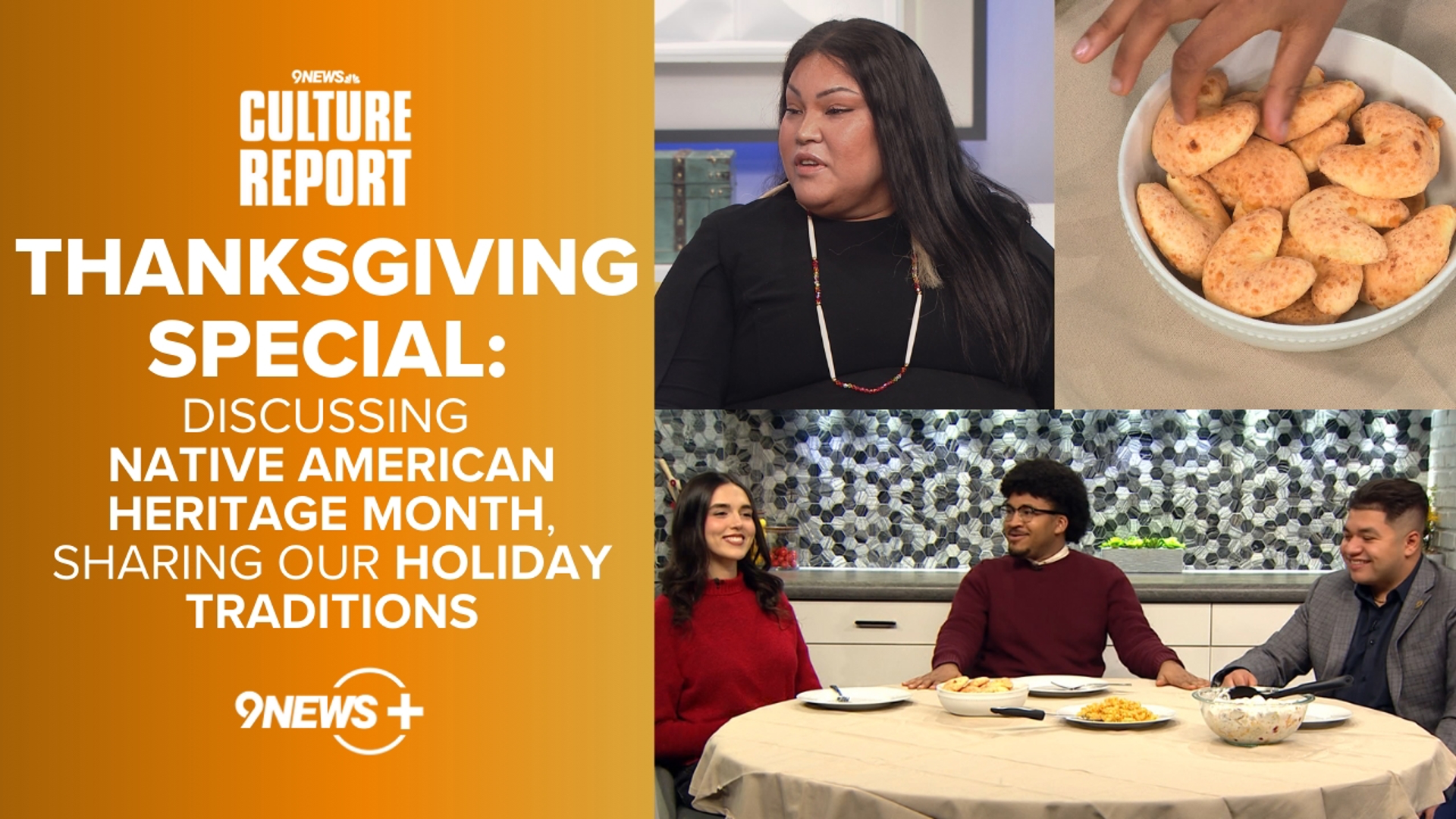In America's war between cultural sensitivity and free expression, Halloween is a familiar battleground.
The holiday, which originated with people dressed in costume to ward off evil spirits, has morphed into a day that celebrates all kinds of creative self-expression. It means not only do people dress up as witches and monsters, but also as one another. This is where things get complicated, and why you keep hearing the term "cultural appropriation" in a heated debate each October.
On one side of the controversy are minorities and their allies who say they experience prejudice all year long, so seeing the people who discriminate against them (intentionally or not) dressing up as them on Halloween can be deeply offensive.
On the other side are those who believe "political correctness" has gone too far.
Susan Scafidi, author of Who Owns Culture: Appropriation and Authenticity in American Law,said the debate really took off in 2015 when Yale warned its students not to wear certain costumes on Halloween, provoking "a moment of outrage on both sides that really polarized the issue," she said.
"I think that the argument has absolutely become politicized," Scafidi said, "but it doesn't need to be. We can all learn to be polite and respectful without being political. And, in fact, I think most people want to be."
Scafidi spoke with USA TODAY about the debate, and how adults and children alike can be fun, creative and even subversive on Halloween without unexpectedly picking a fight.
What exactly is cultural appropriation?
"Very simply put, we're talking about taking elements of someone else's culture without permission."
But how can we live in America and not take bits and pieces of one another's cultures? Aren't we built on multi-culturalism?
"It would be terrible if we had to all remain in our own cultural lanes and only eat those exact same cuisines that our parents and grandparents and so forth ate, and never be able to travel the world by going from one restaurant to another or to experience other languages and movies and novels, and yes, modes of dress.
But it comes down to respect and context. I think that if we're from cultures that have not been historically — especially recently — attacked, oppressed, discriminated against, it might be a little harder to understand. But I think part of Halloween is being creative, and creatively imagining yourself in another form, as another character. So I think we just need the imagining to start early and imagine how someone else would feel if you dressed [like them]."
Opinion: When cultural appropriation hurts
What is the line between experiencing someone's culture in a positive way (cultural appreciation), and disrespecting it (cultural appropriation)?
Cultural appreciation is what Scafidi calls "good borrowing" (making a Moroccan soup for dinner and talking with your family about it). Cultural appropriation can "be offensive" (turning a hijab into a costume can mock the person who wears it everyday as part of their religion).
Cultural appropriation can also be offensive when the person doing the borrowing is privileged, while the person who is being borrowed from is oppressed. For example, a white person wearing dreadlocks on Halloween when a black man wearing dreadlocks on a regular Monday gets told "you can't work here."
How cultural appropriation gets especially tricky on Halloween
"What happens with Halloween costumes is people start to dress up as individuals from other cultures, and it makes people from those other cultures almost feel dehumanized. 'Like what am I? A ghost? Am I a unicorn? I'm really just another human being.' ... [It can] make people feel as though they're essentially degraded."
The news is covering Julianne Hough's dream wedding but I don't care because that time she happily dressed in blackface. 😶 pic.twitter.com/cll0d7cpXX
— Ryan Foster (@ryanfosterPR) July 12, 2017
So what is OK?
"There are many people who will say 'ah, stop taking the fun out of everything.' But every culture has sacred items that it doesn't want to be demeaned ...
"If you're caricaturing Hillary Clinton or Donald Trump, that's fine, those are public figures. Those masks are always fair game. Your traditional skeletons and demons and devils, fine, that's also fair game. More fanciful archetypes — unicorns and princesses and fairies — fine, great. But when you start dressing up in something your neighbor might wear everyday — a sari, or a kimono, or hijab — then maybe that starts to cross the line."
Guide: A list of costumes you can pretty much always avoid
Some basic ground rules
"Do your homework. Put yourself in someone else's shoes figuratively, before you do so actually. And think about how someone else might feel if you were dressed up as the sexy or slutty version of them for Halloween. ... Think about whether or not you're turning someone's everyday 21st century culture into a caricature."
The three S's
Scafidi said she encourages people to follow these three rules:
- Source: Think first about the source culture. Is this a culture that has been historically discriminated against or oppressed (blacks, American Indians). If so, proceed with caution.
- Significance (or sacredness): What's the significance of what you're taking? Is it something that is of major cultural significance, or maybe even something sacred, or is it just a run-of-the-mill ordinary item, an everyday commodity? (American Indian headdresses, Scafidi said, are the "equivalent of military medals. They're not just decoration or hats or jewelry or something ornamental. They mean something.")
- Similarity: And finally, think about the similarity of what you're doing. Are you interpreting or being inspired by someone else's culture, or are you just making an exact copy?
Are the rules different for kids?
"It's never too early to start teaching your child to say please and thank you, so it's never too early to teach your child to be respectful in other ways."
OK, but what about the thousands of white kids who want to dress up like a character from Moana for Halloween?
Scafidi said to determine whether you may be crossing a line, look at the Maui costume Disney pulled off its shelves.
"This costume was essentially his brown skin with the tattoos and the little loincloth in the middle. And people looked at it and said, 'you know, I'm not sure if having a child of some other color wearing this character's brown skin to masquerade is necessarily very respectful or a good idea.'"
COSTUME CONTROVERSY: Disney apologizes for Moana movie Maui costume, some Pacific Islanders compare dark skin tone to blackface. Thoughts? pic.twitter.com/ISqItIHvWm
— Eugene Ramirez CBS4 (@EugeneRamirez) September 23, 2016
Scafidi said it's hard to give definitive "yes" or "no" answers on every case (some Pacific Islanders defended the Maui costume), but "whether a particular costume constitutes cultural misappropriation should involve asking the source community."
The hardest thing for parents on Halloween may be trying to navigate the complex world they know, while still acknowledging the more idealistic one their children see.
"Ultimately, where a concerned adult might see a specific culture, her daughter may simply have chosen as a role model a fictional character who is adventurous, courageous, determined, and yes, a bit disobedient — a universally becoming set of values to be worn by the women of tomorrow."
Moral of the story
"If we lived in a perfect world, we could all dress up as one another without giving offense. But there are historical realities and ongoing social issues and we just have to respect that that's part of where America is right now, and maybe pull back from that kind of masquerade."


